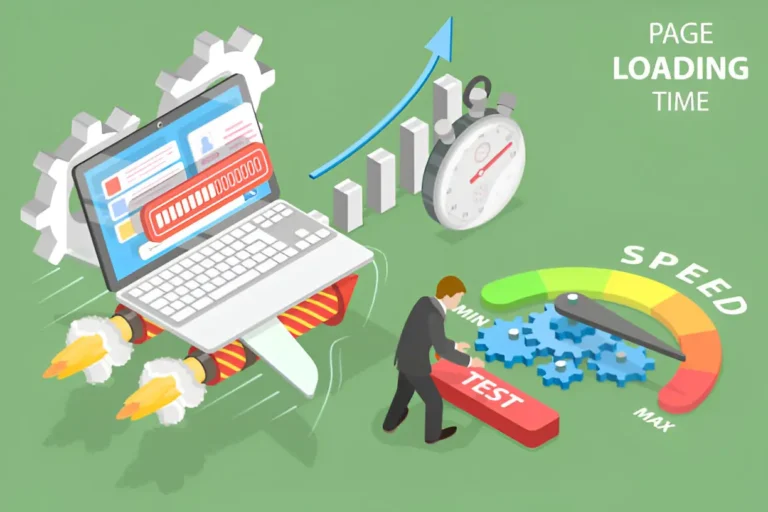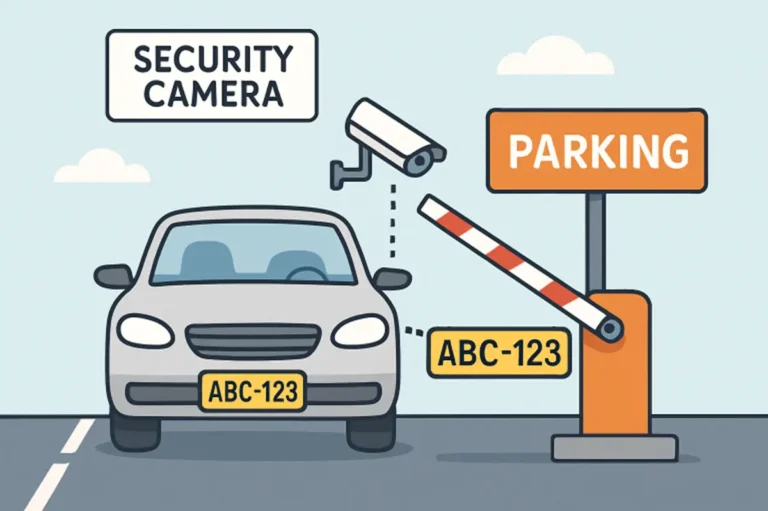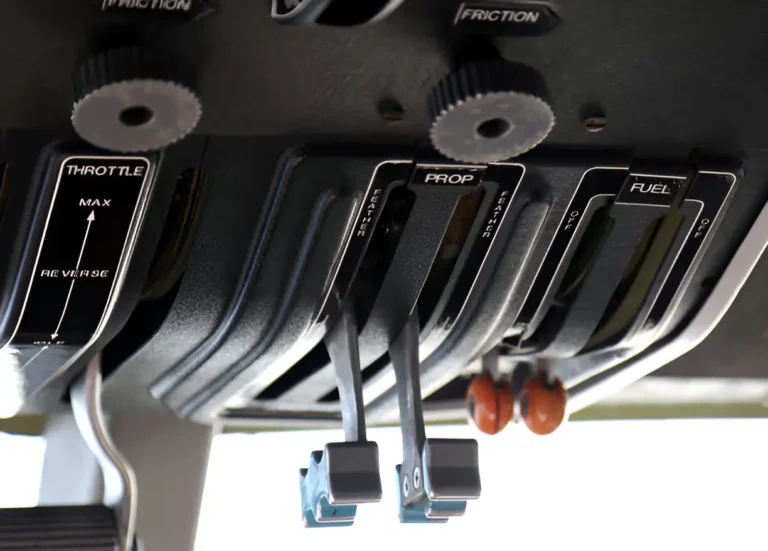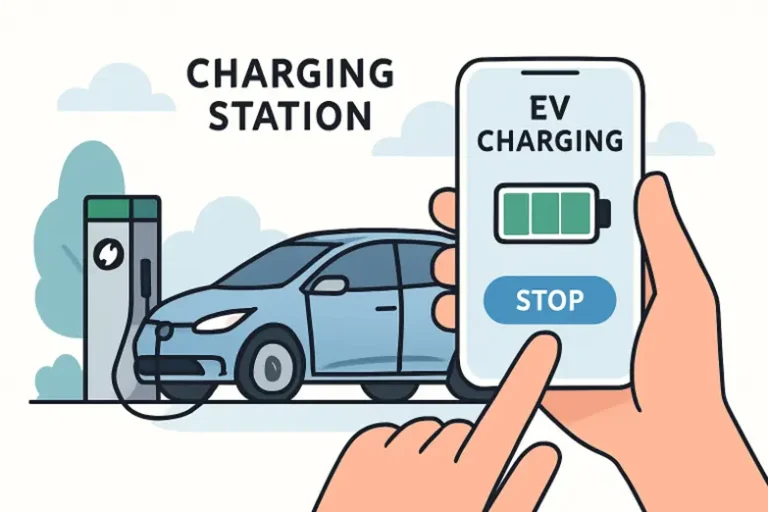7 Benefits of Adding Protective Treatments to Your Vehicle Glass
Vehicle glass plays a vital role in safety, visibility, and overall driving experience. From windshields to side and rear windows, these surfaces are constantly exposed to environmental stressors such as dirt, rain, UV rays, and road debris. Over time, untreated glass can become scratched, stained, or compromised, affecting both aesthetics and performance. Protective treatments offer a proactive solution, enhancing durability and clarity while reducing maintenance needs. Whether for personal vehicles or fleet management, applying a high-quality treatment to automotive glass delivers a range of practical benefits.
Improved Visibility in Adverse Conditions
One of the most immediate advantages of protective glass treatments is enhanced visibility during rain, snow, or fog. Hydrophobic coatings repel water, causing it to bead and slide off the surface rather than accumulate. This effect reduces glare and distortion, allowing drivers to maintain a clearer view of the road. In heavy rain, treated windshields can significantly improve reaction time and reduce the need for constant wiper use. The result is a safer, more comfortable driving experience, especially in regions with unpredictable weather patterns.
Easier Cleaning and Maintenance
Vehicle glass is prone to collecting grime, bugs, bird droppings, and other contaminants that can be difficult to remove. Protective treatments create a smooth, non-stick surface that resists buildup and simplifies cleaning. Dirt and debris are less likely to adhere, and most residues can be wiped away with minimal effort. This benefit is particularly valuable for busy drivers and fleet operators who want to maintain a clean appearance without frequent detailing. Over time, reduced reliance on harsh chemicals and abrasive tools also helps preserve the integrity of the glass.
Enhanced Scratch and Chip Resistance
While no treatment can make glass completely impervious to damage, protective coatings do offer an added layer of defense against minor scratches and chips. Everyday hazards like sand, gravel, and windshield wipers can gradually wear down untreated glass. A durable coating helps absorb impact and reduce surface abrasion, extending the lifespan of the windshield and windows. This is especially important for vehicles that frequently travel on highways or unpaved roads, where debris is more common. Preventing small imperfections early can also reduce the risk of larger cracks forming later.
UV Protection and Interior Preservation
Sunlight can have a damaging effect not only on vehicle glass but also on the interior surfaces it exposes. Protective treatments often include UV-blocking properties that reduce the amount of harmful radiation entering the cabin. This helps prevent fading and deterioration of upholstery, dashboards, and other materials. It also contributes to a cooler interior temperature, reducing the need for air conditioning and improving fuel efficiency. For vehicles parked outdoors for extended periods, UV protection is a valuable feature that supports long-term preservation.
Reduced Glare and Eye Strain
Driving into direct sunlight or facing oncoming headlights at night can cause significant glare, leading to discomfort and reduced visibility. Some protective treatments are designed to minimize glare by improving light transmission and reducing reflections. This can make a noticeable difference in driver comfort, especially during long trips or in high-traffic conditions. By softening harsh light and enhancing contrast, treated glass supports better focus and reduces eye fatigue, contributing to safer and more enjoyable driving.
Long-Term Cost Savings
While applying a protective treatment involves an upfront investment, the long-term savings are substantial. Treated glass requires less frequent cleaning, is less prone to damage, and may even reduce insurance claims related to visibility or glass replacement. For fleet managers, these savings multiply across multiple vehicles, improving operational efficiency and reducing maintenance budgets. Products like a high-quality windshield coating guide services offer durability and performance that justify their cost over time. When professionally applied, these treatments can last for years, making them a smart choice for proactive vehicle care.
Enhanced Resale Value
A well-maintained vehicle commands a higher resale price, and clean, damage-free glass is a key part of that equation. Protective treatments help preserve the appearance and condition of vehicle glass, making a positive impression on potential buyers. Whether selling privately or trading in at a dealership, vehicles with treated glass often stand out for their clarity and care. This added value can make the difference in negotiations and contribute to a smoother sales process.
Conclusion
Protective treatments for vehicle glass offer a comprehensive solution to common challenges faced by drivers and fleet operators alike. From improving visibility and reducing maintenance to enhancing safety and preserving value, these coatings deliver measurable benefits across the board. Investing in glass protection is not just about aesthetics, it’s about ensuring long-term performance, comfort, and peace of mind on the road.
Also Read-Understanding Digital Twin Technology: Revolutionizing the Digital and Physical Worlds






